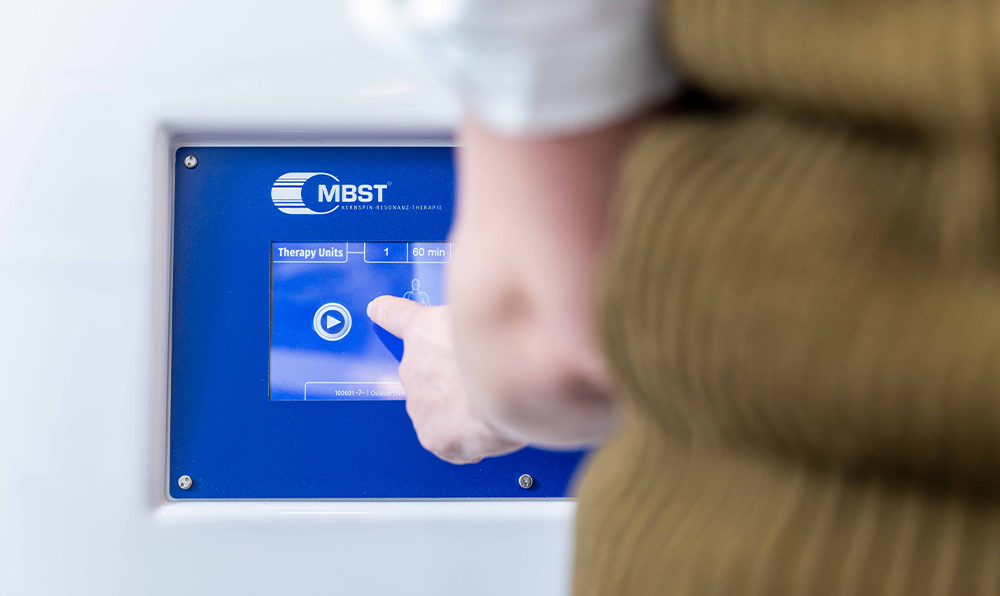In the evolving landscape of medical technology, Magnetic Resonance Therapy (MBST) stands out as a revolutionary approach to managing pain without the need for invasive procedures. This cutting-edge technology has been gaining traction as a powerful tool in treating various conditions, offering hope to millions suffering from chronic pain and degenerative diseases. As we delve into the intricacies of MBST, it becomes clear why this method is poised to redefine the future of non-invasive pain management.
Table of Contents
The Science Behind MBST
At its core, MBST utilizes the principles of magnetic resonance, a technology widely recognized for its application in MRI scanning. However, unlike MRI, MBST focuses on therapeutically utilizing magnetic fields to initiate biological processes within the cells. This stimulates the regeneration and healing of damaged tissue, effectively addressing the root cause of pain without the need for pharmaceuticals or surgery.
Applications of MBST in Pain Management
MBST’s versatility makes it a viable treatment option for a wide array of conditions. Primarily, it has shown remarkable results in treating:
- Osteoarthritis: By enhancing cartilage regeneration, MBST can alleviate joint pain and improve mobility.
- Osteoporosis: It strengthens bone density, reducing the risk of fractures and associated pain.
- Back and Neck Pain: Targeted magnetic resonance therapy can relieve chronic pain conditions, including herniated discs and spinal degeneration.
- Sports Injuries: MBST accelerates the healing process of musculoskeletal injuries, enabling athletes to return to their activities sooner.
Benefits of MBST
The advantages of Magnetic Resonance Therapy extend beyond its effectiveness in treating various conditions. Noteworthy benefits include:
- Non-Invasive: MBST eliminates the risks associated with surgery and the side effects of medications.
- No Downtime: Patients can resume their daily activities immediately following treatment.
- Safe for All Ages: With no known side effects, MBST is suitable for treating both the elderly and young individuals.
- Long-Term Relief: By addressing the underlying cause of pain, MBST offers long-lasting outcomes compared to temporary pain relief solutions.

Patient Testimonials and Clinical Evidence
The efficacy of MBST is supported by an abundance of patient testimonials and clinical studies. Individuals who have undergone MBST therapy report significant improvements in their quality of life, with many experiencing pain relief that they were unable to achieve through conventional treatments. Moreover, clinical research underscores the therapeutic potential of MBST, demonstrating its ability to regenerate tissue and reduce pain effectively.
Choosing the Right MBST Provider
Selecting a qualified MBST provider is crucial to ensuring the success of the treatment. Patients should seek out clinics that:
- Are Certified: Look for facilities officially recognized to administer MBST therapy.
- Have Experienced Practitioners: Providers should have a thorough understanding of MBST applications and patient care.
- Offer Comprehensive Care Plans: Effective treatment involves personalized plans tailored to each individual’s specific needs.
The Future of MBST
As research continues to unfold, the potential applications of MBST are expanding, promising new avenues for treating a broader spectrum of conditions. Its role in preventive medicine is also being explored, with the possibility of using MBST to maintain tissue health and prevent degeneration before symptoms arise. The ongoing innovation in MBST technology and techniques is a testament to its potential in transforming the landscape of pain management.
In conclusion, Magnetic Resonance Therapy represents a significant breakthrough in the field of non-invasive pain management. With its unique ability to promote healing at the cellular level, MBST offers a safe, effective, and patient-friendly alternative to traditional pain management strategies. As awareness of its benefits continues to grow, MBST is set to become a cornerstone in the treatment of chronic pain and degenerative conditions, marking a new era in medical care.





